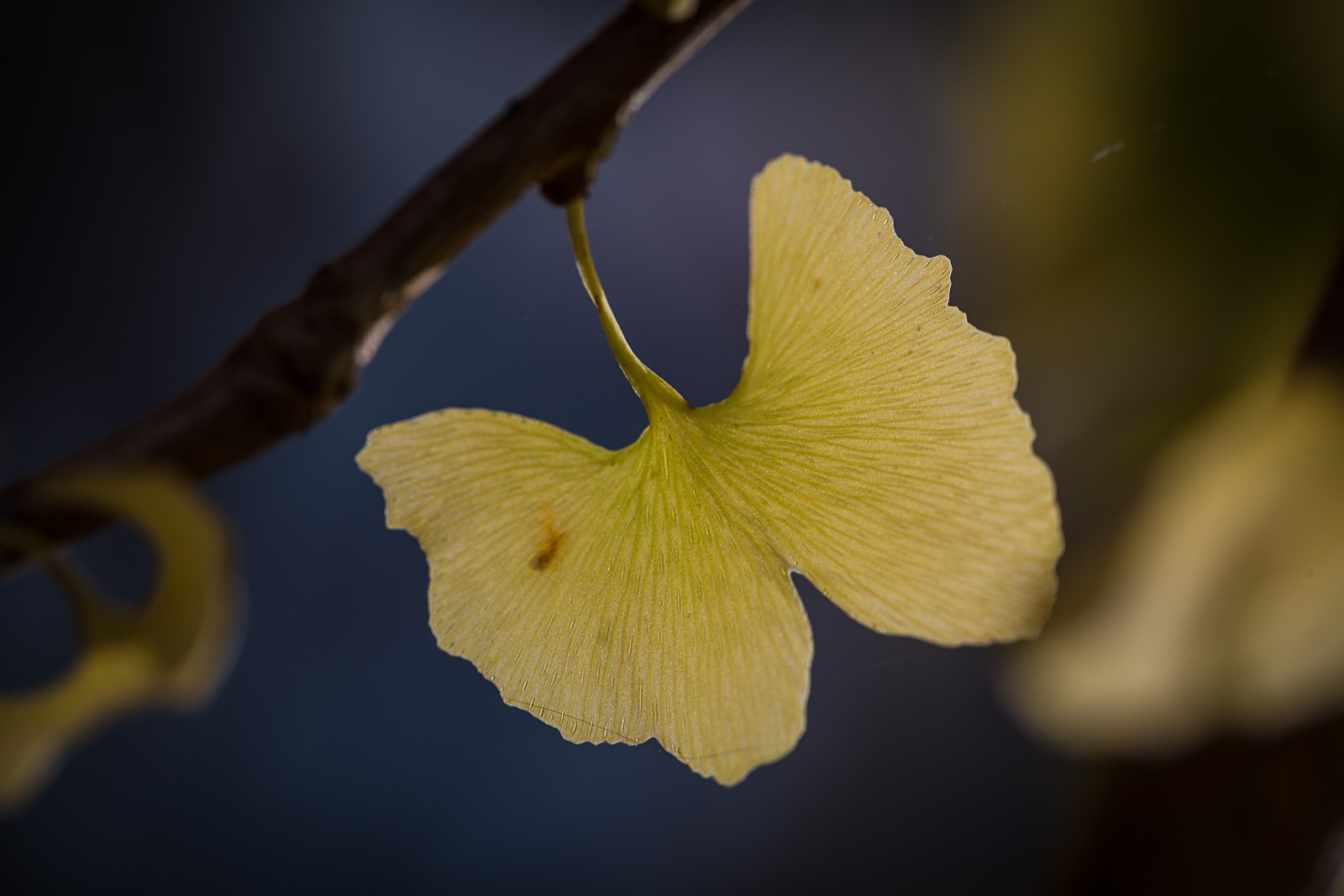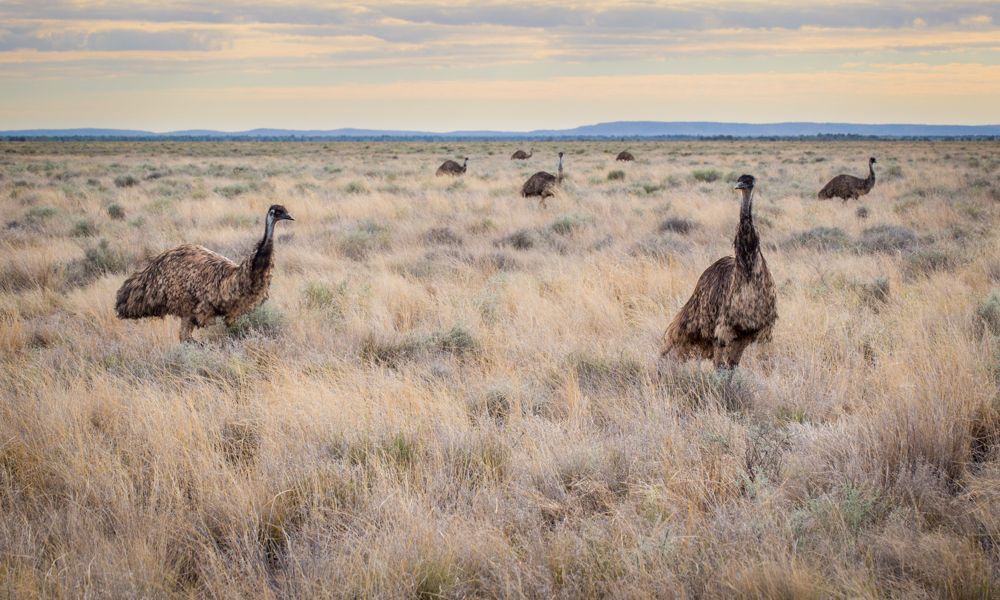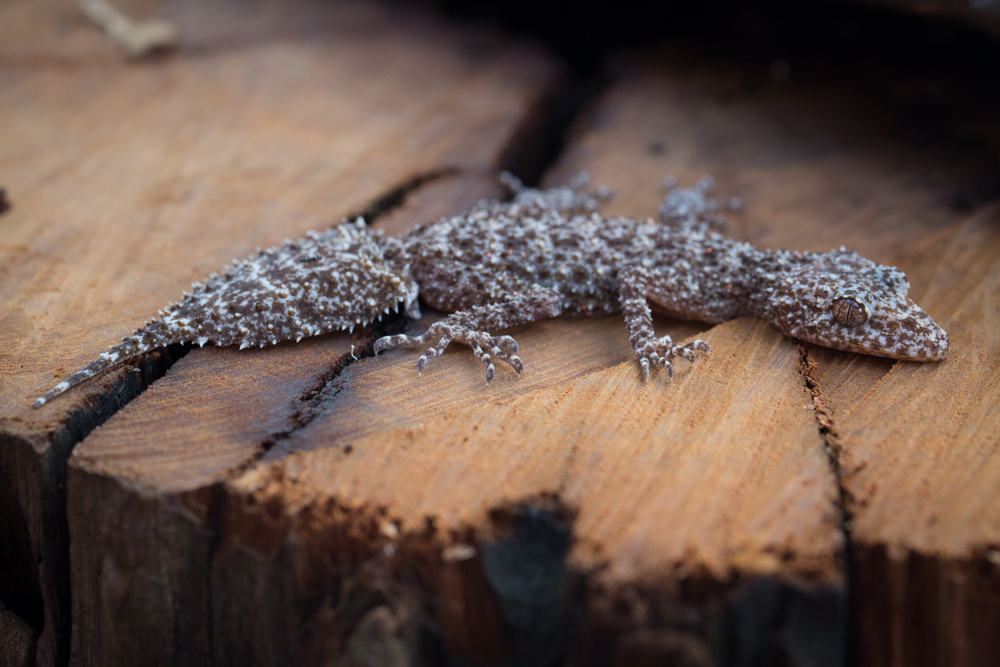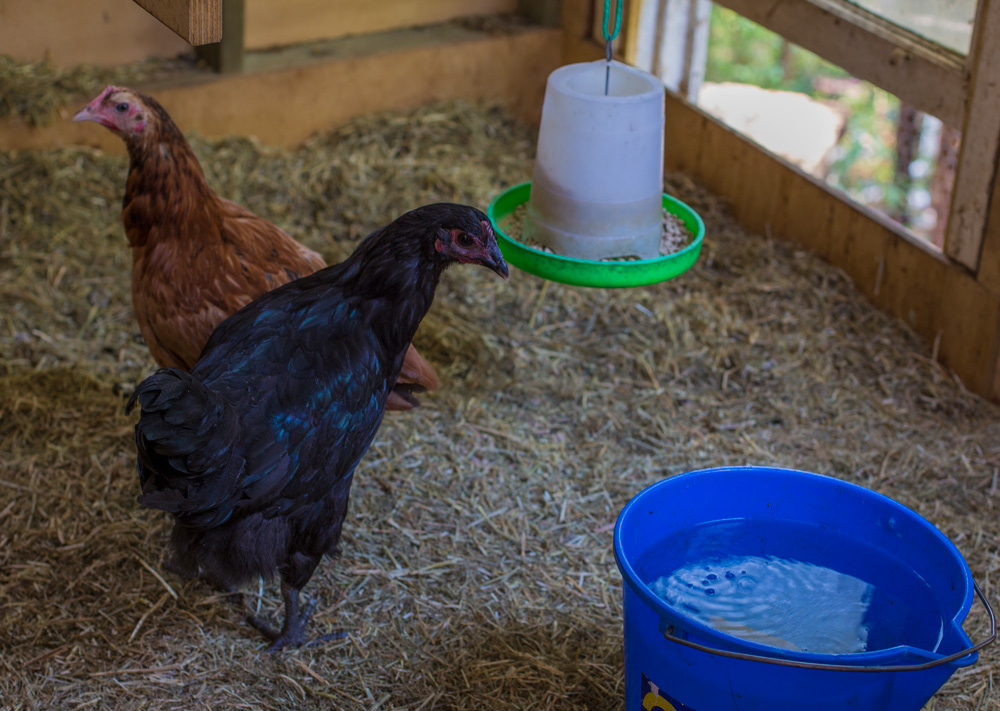 I live on a continent without the visual cues for autumn that naturally occur on others. Sure, Australia has some deciduous trees but there aren’t many and the lack of a show from plants that marks autumn is one of its many anomalies. Anomalies like hopping animals with their young in pouches, montremes, swans that are black or megapodes – birds that bury their eggs in a carefully tended compost and there are many more. The lack of mountains, let alone glaciers, the absence of volcanoes and a climate that features drought, floods and vast arid river systems that lie dormant for years until the floods occur. t’s anomalies like these that generate in me, an awe and wonder, an endless fascination with what this land holds.
I live on a continent without the visual cues for autumn that naturally occur on others. Sure, Australia has some deciduous trees but there aren’t many and the lack of a show from plants that marks autumn is one of its many anomalies. Anomalies like hopping animals with their young in pouches, montremes, swans that are black or megapodes – birds that bury their eggs in a carefully tended compost and there are many more. The lack of mountains, let alone glaciers, the absence of volcanoes and a climate that features drought, floods and vast arid river systems that lie dormant for years until the floods occur. t’s anomalies like these that generate in me, an awe and wonder, an endless fascination with what this land holds.
So my beacon for autumn is the Ginkgo (Ginkgo biloba), I have at my front door. I love the Ginkgo’s story, it is an anomaly amongst plants. Land plants that produce seeds can be split into angiosperms (flowering plants) and gymnosperms (non-flowering plants). There are estimated to be between 250,000 – 400,000 species of flowering plants but just 800 – 900 non-flowering. These 800 – 900, occur in four divisions, Pinophyta which includes Pine trees and our own Araucaria, Cycadophyta which includes the cycads we easily recognise, Gnetophyta (Gentales) of which they are perhaps 70 or so seriously weird plants, but none in Australia, and the Gingkophyta of which there is just one, Ginkgo biloba. I am intrigued by this anomaly, just one remaining species from China, in one genus, in one family making up one division of the gymnosperms. A division that’s as different as a cycad is to a pine.
In the fossil record, the Ginkgo left abundant traces of its distinctive leaf throughout geological time. These records tell us that there were Ginkgo, clearly relatives of our only species, 270 million years ago. The records also tell us that there were widespread Ginkgo forests containing perhaps 60 or more Ginkgo species. They also tell us that they commonly occurred in Australia throughout our geological past.
Ginkgo have been cultivated in Chinese monasteries for thousands of years and there has been some speculation that wild populations may have also been planted. But a recent study has shown that a south western chinese wild populations exist in glacial refugium, along with other species that are also commonly found together in the fossil record.
Ginkgo can grow to over 50 metres and live for 5 centuries or more. A 50 metre beacon of autumn in my local bushland is an anomaly I wouldn’t care for. I am going to keep mine in a pot, as a 1 metre bonsai, as an anomalous symbol of autumn in my Australian garden.
Resources
There is a great website on the Ginkgo by a Dutch School Teacher http://kwanten.home.xs4all.nl/index.htm and she also has an interesting blog http://ginkgopages.blogspot.com.au/
An illuminating paper on Ginkgo in the Australian Fossil record is Steven McLoughlin’s ‘Ginkgo in Australia’ which can be accessed freely online http://www.academia.edu/1135523/Ginkgo_in_Australia


